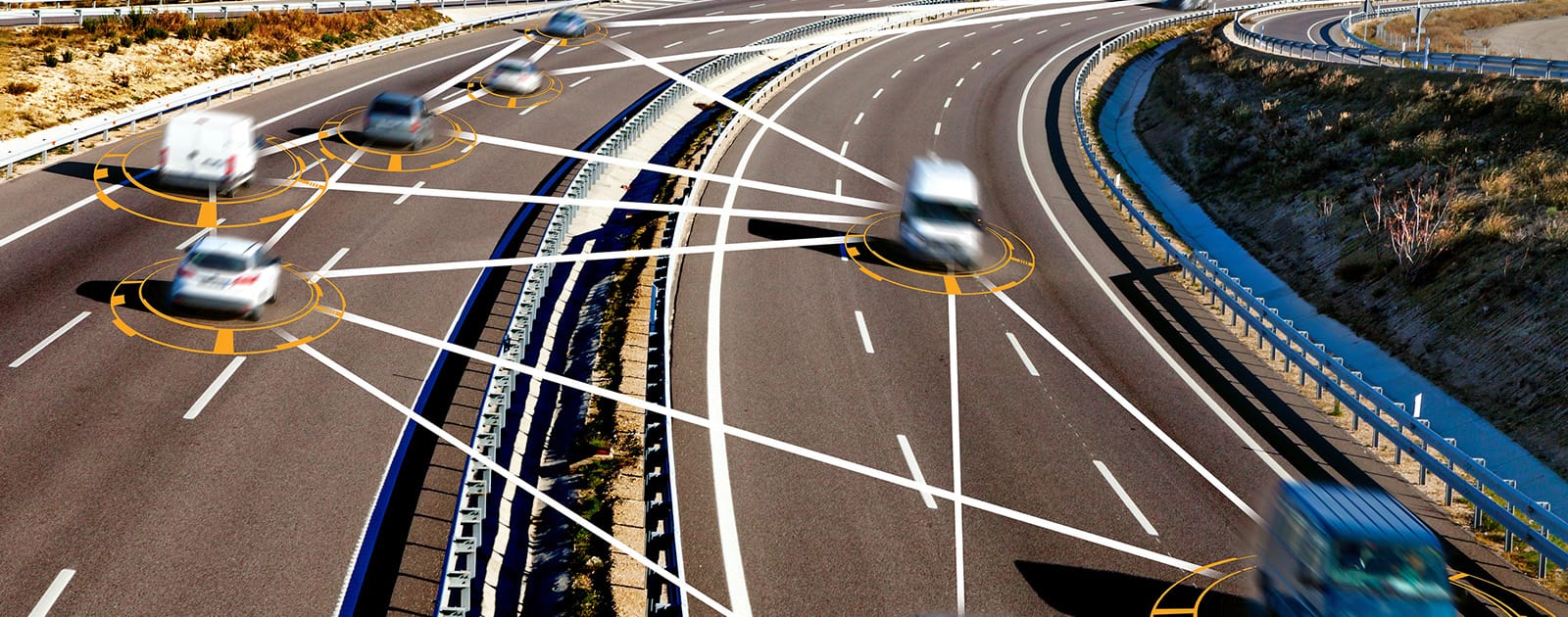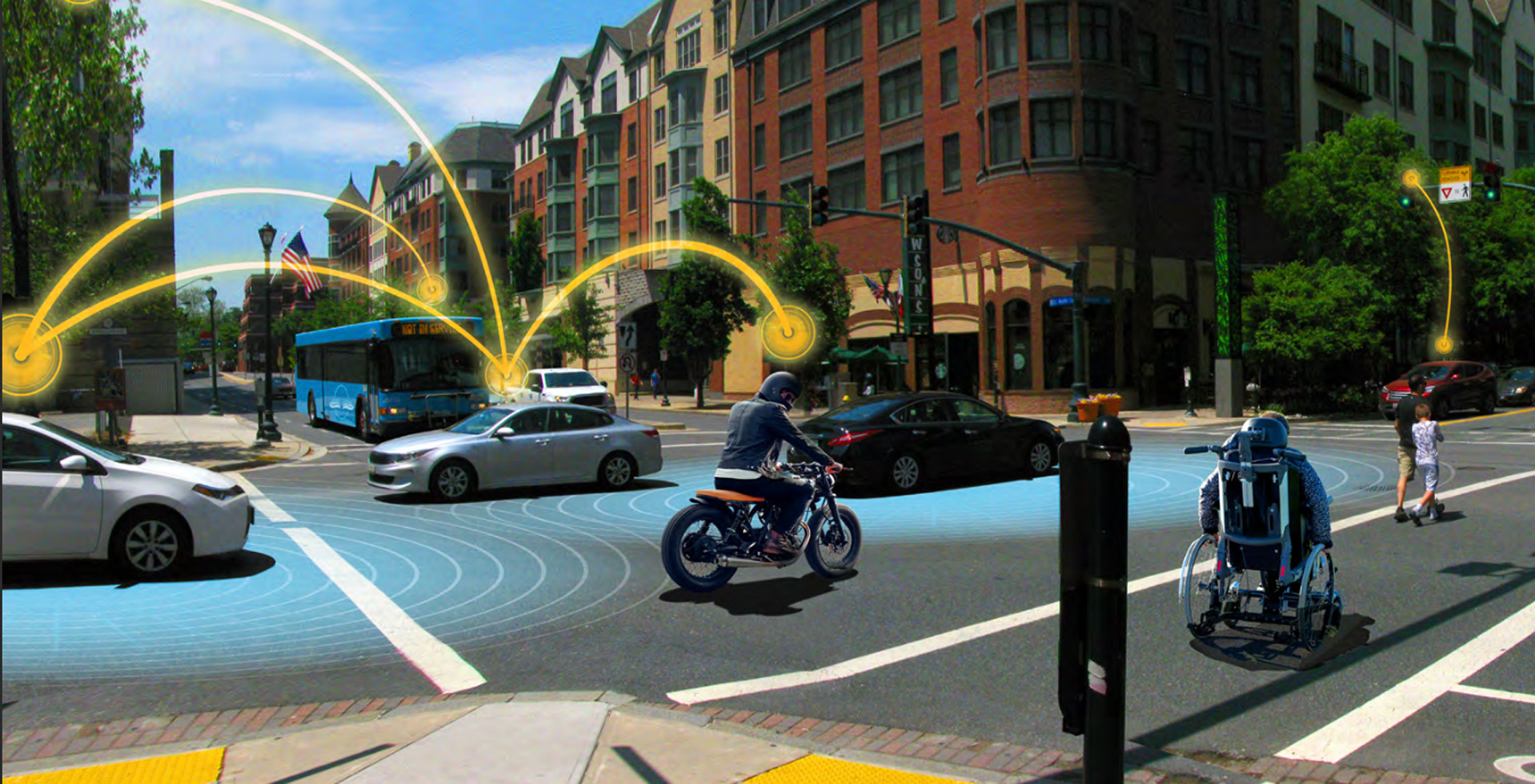Table of Contents
Global traffic technologies encompass a range of systems and devices designed to improve traffic management, enhance safety, and optimize the flow of vehicles on roadways. These technologies include traffic signal control systems, intelligent transportation systems (ITS), vehicle-to-everything (V2X) communication, and various sensor-based solutions. The goal of these technologies is to reduce congestion, minimize accidents, and create a more efficient transportation network.
Traffic Signal Control Systems
Adaptive Traffic Signal Control
Adaptive traffic signal control systems use real-time data to adjust the timing of traffic signals based on current traffic conditions. These systems utilize sensors, cameras, and other detection devices to monitor Global Traffic Technologies flow and make immediate adjustments. By responding dynamically to changing traffic patterns, adaptive traffic signal control systems can reduce delays and improve overall traffic efficiency.
Coordinated Signal Systems
Coordinated signal systems, also known as synchronized traffic signals, work by timing traffic lights along a corridor to create a “green wave.” This synchronization allows vehicles to pass through multiple intersections without stopping, reducing travel time and fuel consumption. Coordinated signal systems are particularly effective in urban areas with high traffic volumes and closely spaced intersections.
Intelligent Transportation Systems (ITS)
Advanced Traffic Management Systems (ATMS)

Advanced Traffic Management Systems (ATMS) are a key component of ITS. These systems integrate various technologies to monitor, control, and manage traffic flow. ATMS can include traffic cameras, dynamic message signs, incident detection systems, and road weather information systems. By providing real-time information to traffic managers and drivers, ATMS help improve traffic flow, enhance safety, and respond quickly to incidents.
Electronic Toll Collection (ETC)
Electronic Toll Collection (ETC) systems use electronic devices, such as transponders and sensors, to automate toll payments. These systems allow vehicles to pass through toll booths without stopping, reducing congestion and improving travel times. ETC is widely used on highways and bridges to streamline toll collection and enhance the efficiency of transportation networks.
Vehicle-to-Everything (V2X) Communication
Vehicle-to-Vehicle (V2V) Communication
Vehicle-to-Vehicle (V2V) communication enables direct communication between vehicles, allowing them to share information about their speed, position, and direction. This technology helps prevent collisions, improve traffic flow, and enhance the safety of roadways. V2V communication is particularly useful for applications such as collision avoidance systems and cooperative adaptive cruise control.
Vehicle-to-Infrastructure (V2I) Communication

Vehicle-to-Infrastructure (V2I) communication involves the exchange of information between vehicles and roadside infrastructure, such as traffic signals and road signs. V2I communication can provide drivers with real-time information about traffic conditions, road hazards, and upcoming signal changes. This technology helps optimize traffic flow, reduce congestion, and improve safety.
Vehicle-to-Network (V2N) and Vehicle-to-Pedestrian (V2P) Communication
Vehicle-to-Network (V2N) communication connects vehicles to cloud-based networks, enabling access to real-time traffic data, navigation services, and other information. Vehicle-to-Pedestrian (V2P) communication allows vehicles to detect and communicate with pedestrians, improving safety in areas with high pedestrian traffic. Together, these technologies create a comprehensive V2X communication ecosystem that enhances overall traffic management and safety.
Sensor-Based Solutions
Traffic Flow Sensors
Traffic flow sensors are essential components of modern traffic management systems. These sensors detect and measure vehicle speed, volume, and occupancy on roadways. Common types of traffic flow sensors include inductive loop detectors, radar sensors, and video cameras. By providing accurate and real-time data, traffic flow sensors enable traffic managers to make informed decisions and optimize signal timing.
Environmental Sensors
Environmental sensors monitor weather conditions, air quality, and other environmental factors that can impact traffic flow and safety. These sensors can detect fog, rain, snow, and ice, providing critical information to drivers and traffic management systems. By integrating environmental data into traffic management strategies, cities can improve safety and reduce the impact of adverse weather conditions on transportation networks.
Benefits of Global Traffic Technologies
Reduced Congestion
One of the primary benefits of global traffic technologies is the reduction of traffic congestion. Adaptive signal control systems, coordinated signal systems, and V2X communication all contribute to smoother traffic flow and shorter travel times. By minimizing stop-and-go driving and reducing delays, these technologies help alleviate congestion in urban areas and on highways.
Enhanced Safety

Global traffic technologies significantly enhance road safety by reducing the risk of accidents and improving the response to incidents. V2V and V2I communication enable vehicles to share critical safety information, while advanced Global Traffic Technologies management systems provide real-time data to traffic managers and emergency responders. These technologies help prevent collisions, improve incident response times, and create safer roadways for all users.
Environmental Benefits
Reducing traffic congestion and improving traffic flow have positive environmental impacts. By minimizing idling and stop-and-go driving, Global Traffic Technologies help reduce fuel consumption and lower greenhouse gas emissions. Additionally, environmental sensors can provide data that supports efforts to improve air quality and reduce the environmental footprint of transportation systems.
Economic Efficiency
Efficient traffic management contributes to economic efficiency by reducing travel times and transportation costs. Businesses benefit from faster delivery times and reduced fuel expenses, while commuters enjoy shorter and more predictable travel times. By optimizing traffic flow and minimizing delays, global traffic technologies support economic productivity and growth.
Challenges and Future Directions
Implementation and Integration
Implementing and integrating global traffic technologies can be challenging due to the complexity of existing transportation infrastructure and the need for interoperability between different systems. Cities and transportation agencies must invest in upgrading infrastructure, training personnel, and ensuring that new technologies can work seamlessly with existing systems.
Cybersecurity and Privacy
As global traffic technologies rely heavily on data and communication networks, cybersecurity and privacy are major concerns. Protecting sensitive data from cyber threats and ensuring the privacy of individuals are critical for the successful deployment of these technologies. Robust security measures and regulations are needed to address these challenges.
Future Trends
The future of global traffic technologies is likely to be shaped by advancements in artificial intelligence, machine learning, and big data analytics. These technologies have the potential to further enhance traffic management systems, improve predictive capabilities, and enable more sophisticated decision-making. Additionally, the continued development of autonomous vehicles and smart cities will drive the evolution of global traffic technologies.
Conclusion
Global traffic technologies are transforming the way we manage and experience transportation. From adaptive traffic signal control and intelligent transportation systems to V2X communication and sensor-based solutions, these technologies offer numerous benefits, including reduced congestion, enhanced safety, environmental improvements, and economic efficiency. While challenges remain in implementation, integration, and cybersecurity, the future holds great promise for the continued advancement of global traffic technologies and the creation of more efficient, safe, and sustainable transportation networks.
For More Information Please Visit These Websites Viprow And Xewe

